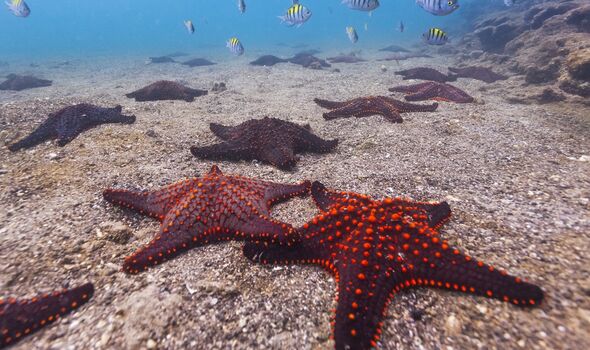In a groundbreaking study, researchers from Stanford University and other institutions have unveiled a long-standing zoological mystery regarding the unique body plan of starfish, challenging the conventional notion of their anatomy. Starfish, part of the echinoderm group, exhibit a ‘pentaradial’ body plan, with body parts arranged in five equal sections, in stark contrast to the bilateral symmetry found in their ancestors and many other animals.
For centuries, naturalists have struggled to determine which end of a starfish is its head due to the absence of clear head and tail distinctions, unlike the case in worms or fish. This led to the belief that starfish might not have a head at all. However, the researchers discovered that starfish are, in fact, predominantly composed of head-like structures during their development.
Through advanced molecular and genomic techniques, including micro-CT scanning, RNA tomography, and in situ hybridization, the scientists examined the gene expression patterns of the sea star Patiria miniata. They specifically focused on genes associated with the development of the ectoderm, which includes the nervous system and skin, and plays a crucial role in anterior-posterior patterning in other deuterostomes.
The findings revealed that the midline of a starfish arm represents the front, while the outermost lateral parts correspond to the back. Surprisingly, many genes responsible for trunk development in deuterostomes were not expressed in the sea star’s ectoderm. This indicates that the entire echinoderm body plan essentially resembles the head of other animal groups, as opposed to having a separate trunk.
The study suggests that starfish and other echinoderms likely evolved their five-section body plan by eliminating the trunk region present in their bilateral ancestors. This evolutionary adaptation allowed echinoderms to move and feed in a manner distinct from bilaterally symmetrical animals.
These findings challenge previous assumptions about echinoderm evolution, shedding new light on the intricate nature of these fascinating creatures. This research transforms the way scientists think about starfish and their enigmatic body plan, highlighting the need for further exploration and understanding of this unique group of animals.















